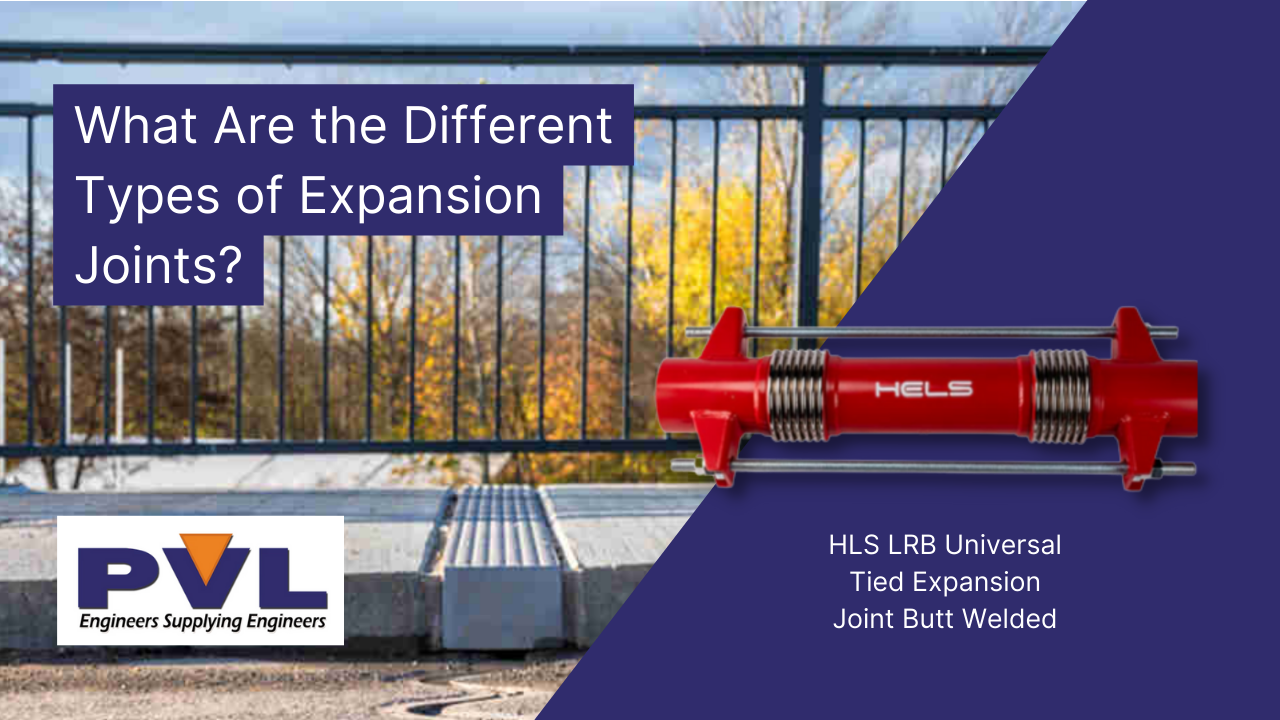
What Are the Different Types of Expansion Joints?
Imagine you're walking on a pavement, and you notice the gaps between the concrete slabs. Over time, these slabs may move, expand, or contract due to temperature changes or ground settling. This is where expansion joints come into play.
Expansion joints are like flexible connectors that help prevent damage caused by these movements. Expansion joints allow materials to expand and contract without breaking. Let's delve into the different types of expansion joints.
1. Contraction Joints:
- What are they? Contraction joints are the most common type of expansion joint. They control the cracking of concrete structures due to shrinkage during the curing process.
- Where do you find them? You've probably seen these as lines in pavements, driveways, or concrete floors. They look like grooves or cuts in the surface.
2. Expansion Joints:
- What are they? Unlike contraction joints, expansion joints are designed to absorb movement when materials expand due to temperature changes.
- Where do you find them? These joints are often seen in bridges, buildings, and roadways. They are usually filled with a flexible material to accommodate the expansion.
3. Isolation Joints:
- What are they? Isolation joints are used to separate or isolate different parts of a structure. They prevent the transfer of vibrations or movements from one part to another.
- Where do you find them? They are commonly used in buildings and bridges where vibrations or movements in one area shouldn't affect the adjacent sections.
4. Control Joints:
- What are they? Control joints are similar to contraction joints but are used to guide cracks to specific locations. This prevents random cracking and directs any potential cracks to a predetermined path.
- Where do you find them? Control joints are often found in concrete slabs like those in parking lots, industrial floors, and some residential areas.
5. Rubber Expansion Joints:
- What are they? These joints are made of flexible rubber or elastomeric materials. They can absorb a lot of movement and vibrations.
- Where do you find them? Rubber expansion joints are found in pipes, plumbing systems, and industrial equipment. They are excellent at compensating for vibrations and misalignments.
6. Metal Expansion Joints:
- What are they? Metal expansion joints are typically made of stainless steel. They are designed to handle high temperatures and pressures.
- Where do you find them? These are often used in industrial applications, like chemical plants, power generation facilities, and HVAC systems.
7. Fabric Expansion Joints:
- What are they? Fabric expansion joints are constructed from flexible materials like textiles. They can handle a range of temperatures and are resistant to chemical corrosion.
- Where do you find them? These are used in various industries, including power generation, cement, and pulp and paper.
Summary
Expansion joints might seem like small and simple parts of construction, but they play a vital role in maintaining the integrity of structures and preventing costly damage. These joints, whether made of rubber, metal, or fabric, are essential to accommodating movements and preventing cracks. Whether walking on a pavement or working in a chemical plant, expansion joints silently work to keep things stable and safe.
Contact Us
Pressure Vacuum Level Ltd has been selling expansion joints for several years.
Don't hesitate to contact us if you have any questions about these products by emailing sales@pvl.co.uk or calling +44 (0) 1892 66 44 99


